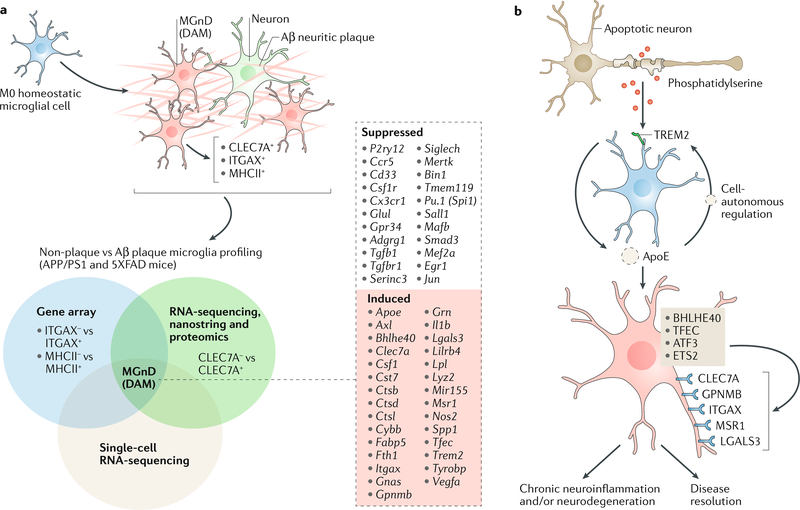Fig. 2 |. Regulation of the neurodegenerative microglial phenotype.
a | Several laboratories profiled microglia gene and protein expression through microglial isolation using αX integrin (ITGAX, also known as CD11c)139 major histocompatibility complex class II (MHCII) antibodies140, C-type lectin domain containing 7A (CLEC7A) antibodies52 and single-cell RNA-sequencing111 (see Venn diagram). Comparison of these findings shows that microglia associated with amyloid-β (Aβ) plaques acquire a specific phenotype: these have been defined as MGnD (microglial neurodegenerative phenotype)52 or disease-associated microglia (DAM microglia)111. This phenotype is associated with expression of CLEC7A, ITGAX and MHCII molecules52,111. The middle box lists the top suppressed and induced genes that are common to both MGnD and DAM microglia. b | The schematic depicts triggering receptor expressed on myeloid cells 2 (TREM2)-apolipoprotein E (ApoE) signalling, which induces a microglial phenotype switch from homeostatic to the MGnD phenotype. TREM2 present on M0 homeostatic microglia senses phosphatidylserine on apoptotic or damaged cells and activates ApoE signalling, which induces an MGnD neurodegenerative phenotype in a cell-autonomous manner. This phenotype is associated with the suppression of the M0 homeostatic signature and induction of molecules associated with inflammation, including CC-chemokine ligand 2 (CCL2), CLEC7A, macrophage colony-stimulating factor 1 (CSF1), secreted phosphoprotein 1 (SPP1), miR-155 and nitric oxide synthase, inducible (NOS2). This phenotype may have dual roles. ATF3, cAMP-dependent transcription factor ATF3; BHLHE40, class E basic helix-loop-helix protein 40; ETS2, protein C-ets-2; GPNMB, transmembrane glycoprotein NMB; LGALS3, galectin 3; MSR1, macrophage scavenger receptor types I and II; TFEC, transcription factor EC.

